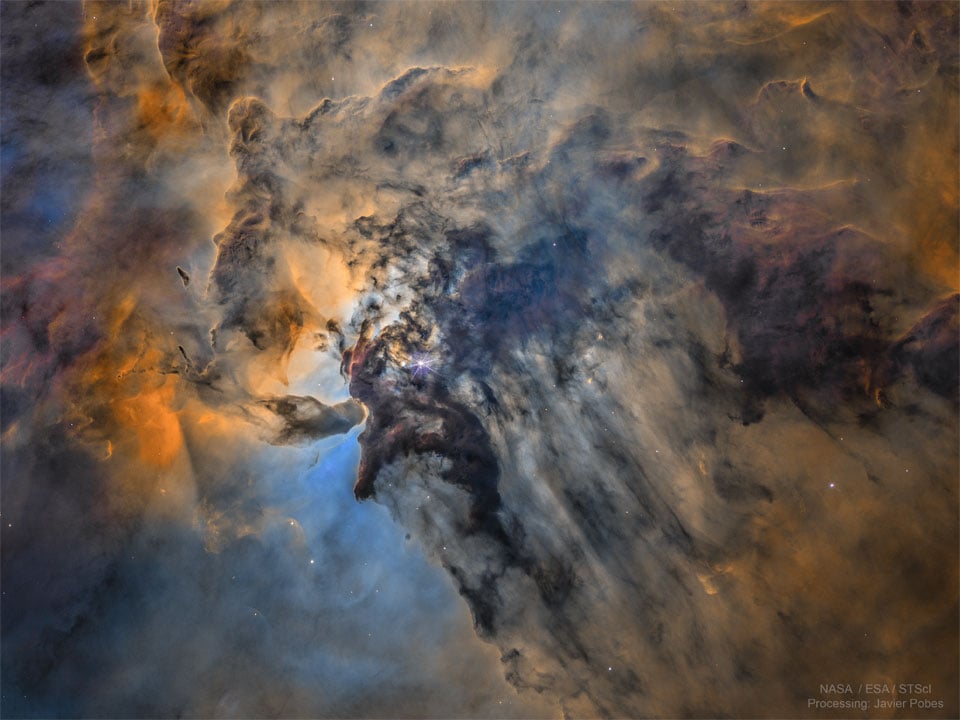...there are two different ways to measure this cosmic expansion rate, and they don’t agree. One method looks deep into the past by analyzing cosmic microwave background radiation, the faint afterglow of the Big Bang. The other studies Cepheid variable stars in nearby galaxies, whose brightness allows astronomers to map more recent expansion.
You’d expect both methods to give the same answer. Instead, they disagree—by a lot. And this mismatch is what scientists call the Hubble tension...Webb’s data agrees with Hubble’s and completely rules out measurement error as the cause of the discrepancy. It’s now harder than ever to explain away the tension as a statistical fluke. This inconsistency suggests something big might be missing from our understanding of the universe - something beyond current theories involving dark matter, dark energy, or even gravity itself. When the same universe appears to expand at different rates depending on how and where you look, it raises the possibility that our entire cosmological model may need rethinking.
 The Busy Center of the Lagoon Nebula
The Busy Center of the Lagoon Nebula
The article over-dramatizes the story. This "deeply wrong" discrepancy is less than 10%. CMB measurements predict a Hubble constant of around 68km/s/Mpc. Distance ladder measurements get around 73km/s/Mpc.
Our current understanding of the universe the Lambda-CDM model is still wildly successful and it's more likely that the true correct model of the universe will be a correction/extension to Lambda-CDM rather than a completely new theory (although if it is a completely new theory that would be pretty cool).
i agree with you that here, the difference between 68 and 73 seems very small.
For me, it's even amazing that they get, for the CBM, any number even close to the same order of magnitude, given that it seems like a linear division of speed of light divided by light travel distance at the age of the universe, is the value for Hubble parameter (H)*_ at CBM.
That seems in contradiction to the fact that, when adding relativistic velocities (and incrementally up to the speed of light !), linear addition is out of question and general relativity has to be used.
This is just one of the apparent difficulties and obviously there are much more and harder challenges than this one.
_*(... and is the age of the universe defined or measured by other means than simply :
Δt = 1/H ... ? That can't be : since we have 2 parameters to evaluate, so, we need 2 independent experimental measurement variables. )
The majority of physics is done with very high precision. This is especially true for fundamental values that apply to everything. For example know the mass of an electron with an error of 0.3 parts per billion. I think this discrepancy is evidence of a significant hole in cosmology theory.
Yes i agree that, doing physics in a very well controlled laboratory, physicist can measure things accurately.
Unfortunately we don't have a laboratory big enough to reproduce a big bang and study it in a controlled fashion. So, in cosmology, measurement are difficult and not so precise 😋.